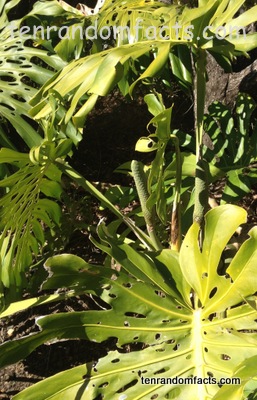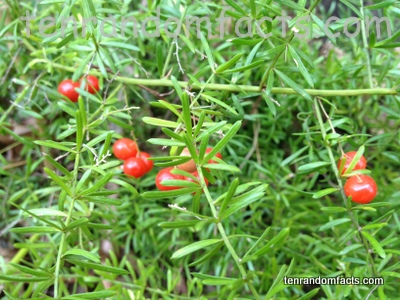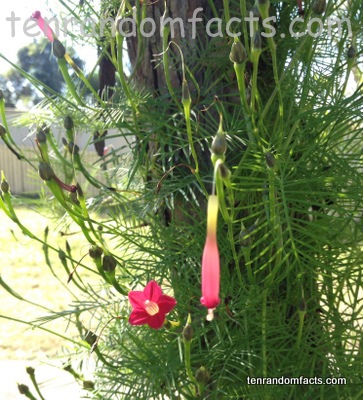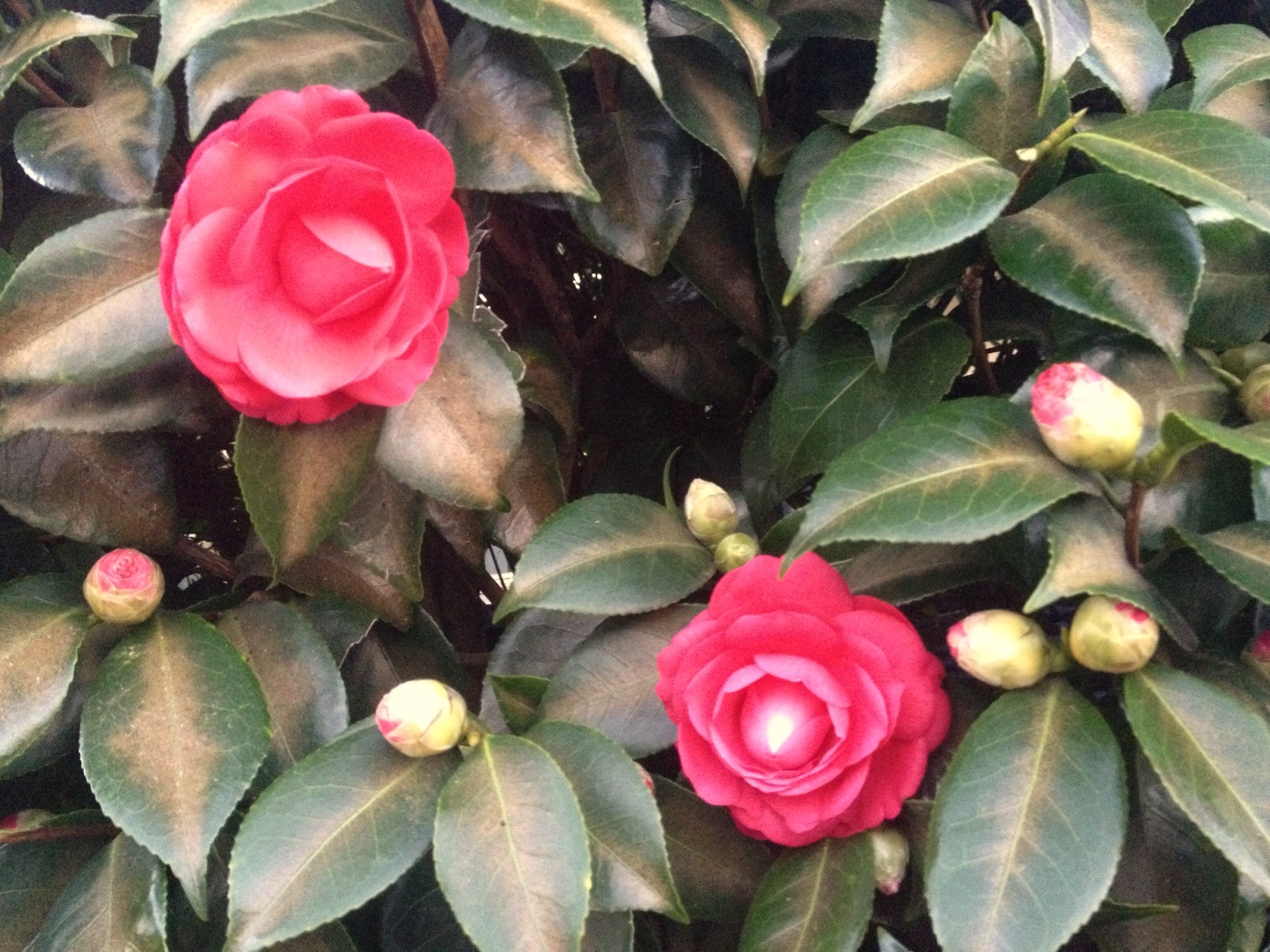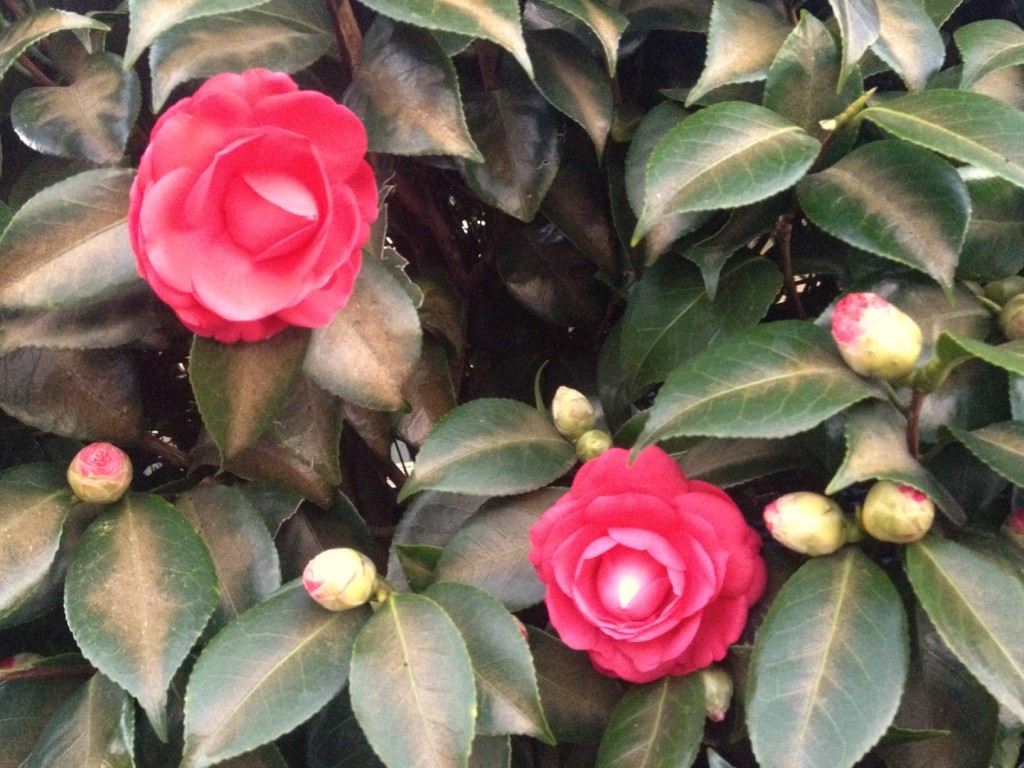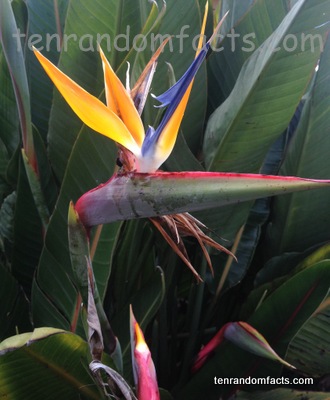
Brightly coloured ‘birds’, the strelitzia.
- Strelitzia are also known as ‘bird of paradise plants’ or ‘crane flowers’.
- The flowers of strelitzia are shaped like a spikey-headed bird, hence their common names refer to birds, and are generally bright orange or yellow and purple, although a couple of the species have white flowers.
- Strelitzia are named after the place where Queen Charlotte was born in 1744, in the territory of Mecklenburg-Strelitz.
- Strelitzia are native to South Africa and do not like the cold as they are a tropical climate plant, however some species are frost resistant.
- There are five or six species in the group of strelitzia, Strelitzia reginae being the most common.
- Strelitzia is from the family of Strelitziaceae, which is the family of three genera of plants, Strelitzia, Ravenala and Phenakospermum.
- The leaves on strelitzia can be quite large and are generally shaped like banana leaves or paddles.
- Strelitzia flowers are pollinated by the feet of nectar feeding sunbirds that like to visit the flowers.
- Strelitzia plants generally need to be 3-5 years old before they will flower, which happens mostly in late winter and spring, although they can be seen flowering at other times.
- Strelitzia grow to a general height of 2 to 3.5 meters (6 to 11.5 feet), but some species can grow up to 10 meters (33 feet) in height.
Bibliography:
Strelitzia, 2013, Wikipedia, < http://en.wikipedia.org/wiki/Strelitzia>
VanZile J, Birds of Paradise – How to grow Strelitzia, 2013, About.com, < http://houseplants.about.com/od/foliageplants/p/BirdofParadise.htm>







